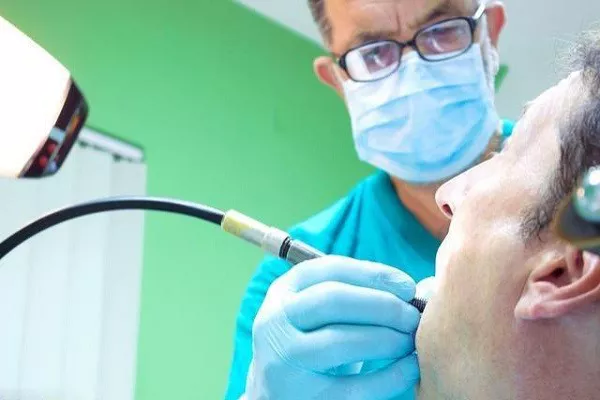Dental implants have become a widely accepted and effective solution for replacing missing teeth. Whether you’re missing a single tooth or need to restore an entire arch, dental implants offer a durable and natural-looking alternative. One common question among individuals considering dental implants is, “How many visits does it take to complete the dental implant process?” In this comprehensive article, we will guide you through the various stages of the dental implant journey and provide insight into the number of visits typically required for this transformative procedure.
The Dental Implant Journey
The dental implant process involves several key stages, each requiring specific appointments and healing periods. Understanding these stages will help you get a clearer picture of the number of visits involved.
Initial Consultation and Evaluation
The first step in the dental implant journey is the initial consultation with a qualified dentist or oral surgeon. During this visit, the dental professional will:
Examine your oral health: Assess the condition of your gums, remaining teeth, and jawbone.
Take X-rays and scans: These images help determine the quality and quantity of your jawbone.
Discuss your medical history: Your overall health and any underlying medical conditions will be reviewed to ensure you are a suitable candidate for dental implants.
Develop a treatment plan: Based on the evaluation, a personalized treatment plan will be created to address your specific needs and goals.
The initial consultation typically involves one visit.
Implant Placement Surgery
The implant placement surgery is a critical phase of the dental implant process. During this surgical procedure, the implant post (made of biocompatible materials like titanium or zirconia) is surgically inserted into the jawbone. The steps involved in this visit include:
Administration of anesthesia: Local anesthesia is administered to ensure you are comfortable and pain-free during the procedure.
Implant placement: The implant post is carefully positioned within the jawbone.
Sutures: The incision site is closed with sutures, and the healing process begins.
The implant placement surgery typically requires one visit.
Osseointegration Period
After the implant is placed, a significant healing period follows. This phase, known as osseointegration, is crucial for the implant to fuse with the surrounding bone tissue. It can take several months (usually around 3-6 months) for osseointegration to be completed. During this time, you will not need to make frequent visits to the dental office.
Abutment Placement
Once osseointegration is successful and the implant has become stable within the jawbone, the next step is the placement of the abutment. The abutment serves as a connector between the implant post and the final restoration. The abutment placement involves:
Making a small incision to access the implant.
Attaching the abutment securely to the implant.
Suturing the incision site.
This phase typically requires one visit.
Restoration Placement
The final step in the dental implant process is the placement of the restoration. The restoration can be a dental crown, bridge, or denture, depending on your specific needs. The restoration placement involves:
Attaching the restoration to the abutment.
Ensuring proper fit, bite, and aesthetics.
Making any necessary adjustments to achieve the desired result.
The number of visits required for restoration placement depends on the complexity of the restoration. In some cases, it can be completed in a single visit, while more intricate restorations may require multiple appointments for adjustments and fine-tuning.
It’s important to note that the overall duration of the dental implant process can vary based on individual healing and treatment factors. While some patients may complete the process in several months, others may require a longer timeline.
Conclusion
The number of visits required for a dental implant procedure varies depending on the specific circumstances of each patient. However, the typical dental implant journey involves the following key stages:
Initial consultation and evaluation (1 visit).
Implant placement surgery (1 visit).
Osseointegration period (several months without frequent visits).
Abutment placement (1 visit).
Restoration placement (varies based on the complexity of the restoration).
It’s essential to consult with a qualified dentist or oral surgeon to create a personalized treatment plan and understand the number of visits specific to your dental implant journey. While the process may span several months, the result is a permanent and natural-looking tooth replacement that can enhance your oral health and quality of life.
Related Topics:































